Optimal Timing for Radon Testing
Radon testing is essential for assessing indoor air quality and potential health risks associated with radon exposure. Proper timing ensures accurate results, helping homeowners and occupants make informed decisions about mitigation or further testing.
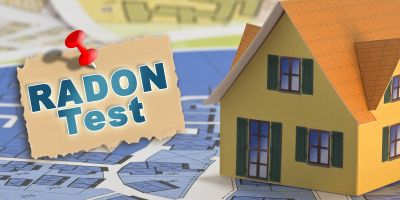
Ways to make Radon Testings work in tight or awkward layouts.
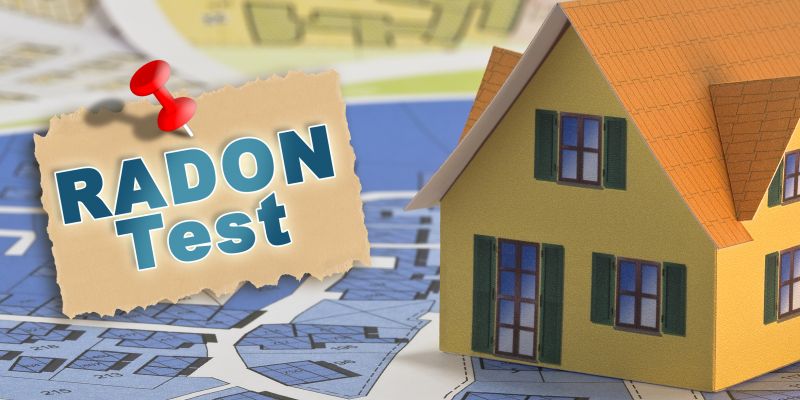
Popular materials for Radon Testings and why they hold up over time.
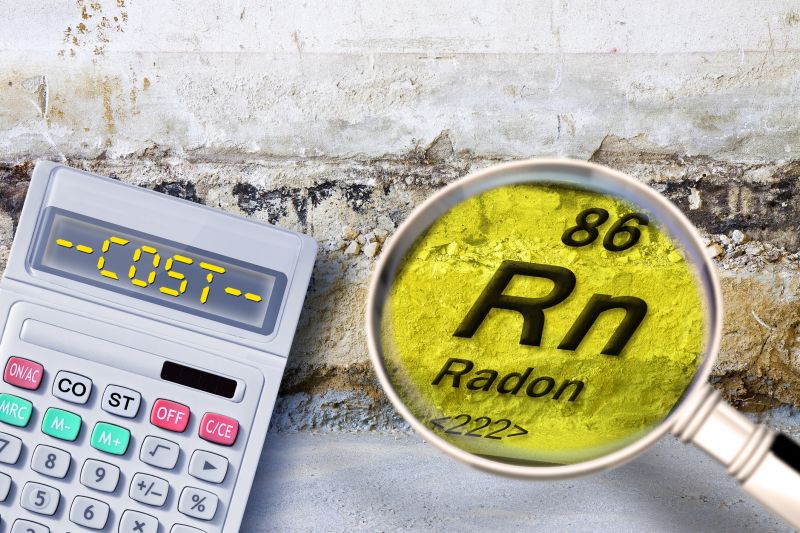
Simple add-ons that improve Radon Testings without blowing the budget.
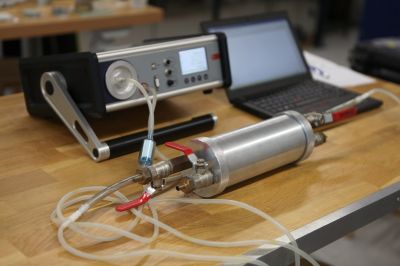
High-end options that actually feel worth it for Radon Testings.
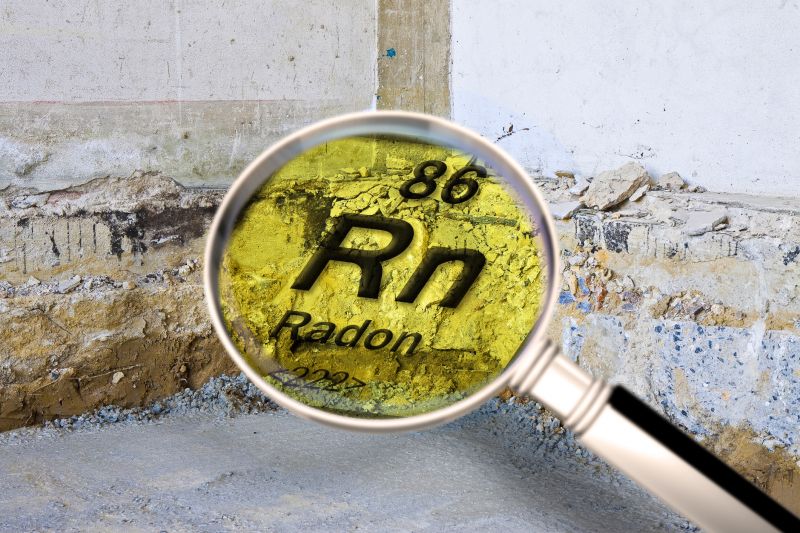
Finishes and colors that play nicely with Radon Testings.

Little measurements that prevent headaches on Radon Testings day.
Radon levels tend to be higher during colder months when windows and doors are less frequently opened, trapping radon indoors. Testing in late fall and winter can reveal peak radon concentrations.
Spring and early summer are also suitable for testing, as radon levels are generally stable throughout the year, but testing during these periods can help identify seasonal variations.
Long-term tests, lasting over 90 days, provide a comprehensive view of radon levels across different seasons. Short-term tests, typically 2-7 days, are useful for quick assessments, especially during peak seasons.
Testing should be conducted during periods of normal indoor activity, with heating or cooling systems operating normally, to reflect typical radon exposure levels.
Radon testing is a vital step in maintaining healthy indoor air quality. Since radon levels can fluctuate due to seasonal and environmental factors, selecting the appropriate time for testing enhances accuracy. Understanding the seasonal patterns and conducting tests during periods of typical indoor activity ensures reliable results. Long-term testing provides a comprehensive overview, especially in areas with known radon concerns.

A 60-second routine that keeps Radon Testings looking new.
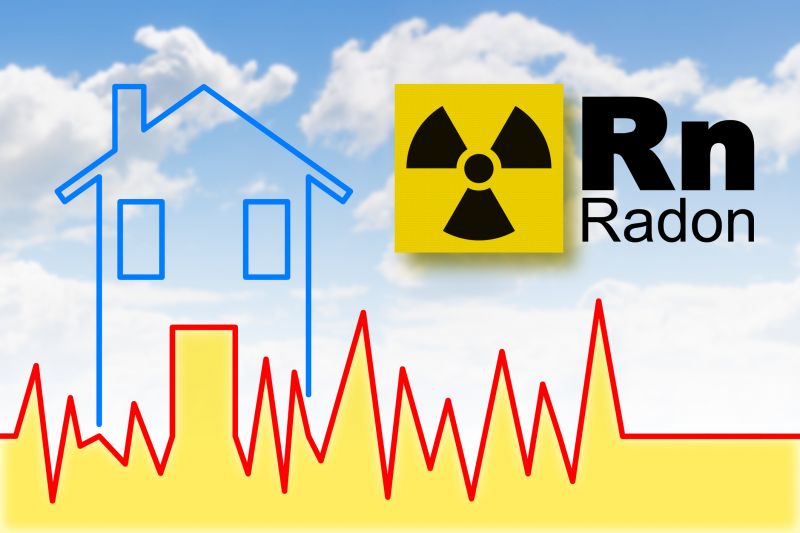
A frequent mistake in Radon Testings and how to dodge it.
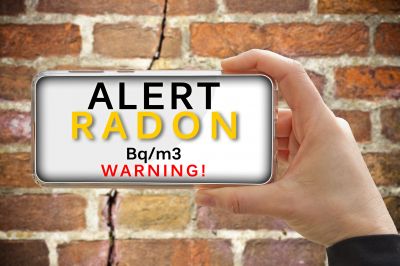
Small tweaks to make Radon Testings safer and easier to use.
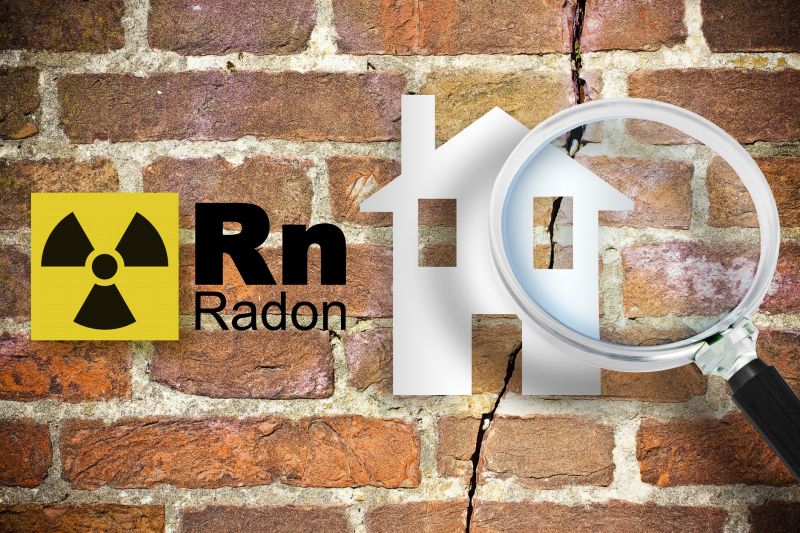
Lower-waste or water-saving choices for Radon Testings.
For those considering radon testing, timing plays a crucial role in obtaining accurate measurements. Conducting tests during periods of typical indoor activity and stable weather conditions minimizes variability. Regular testing, especially after home renovations or if previous levels were high, helps maintain awareness of indoor radon levels and supports health and safety decisions.
